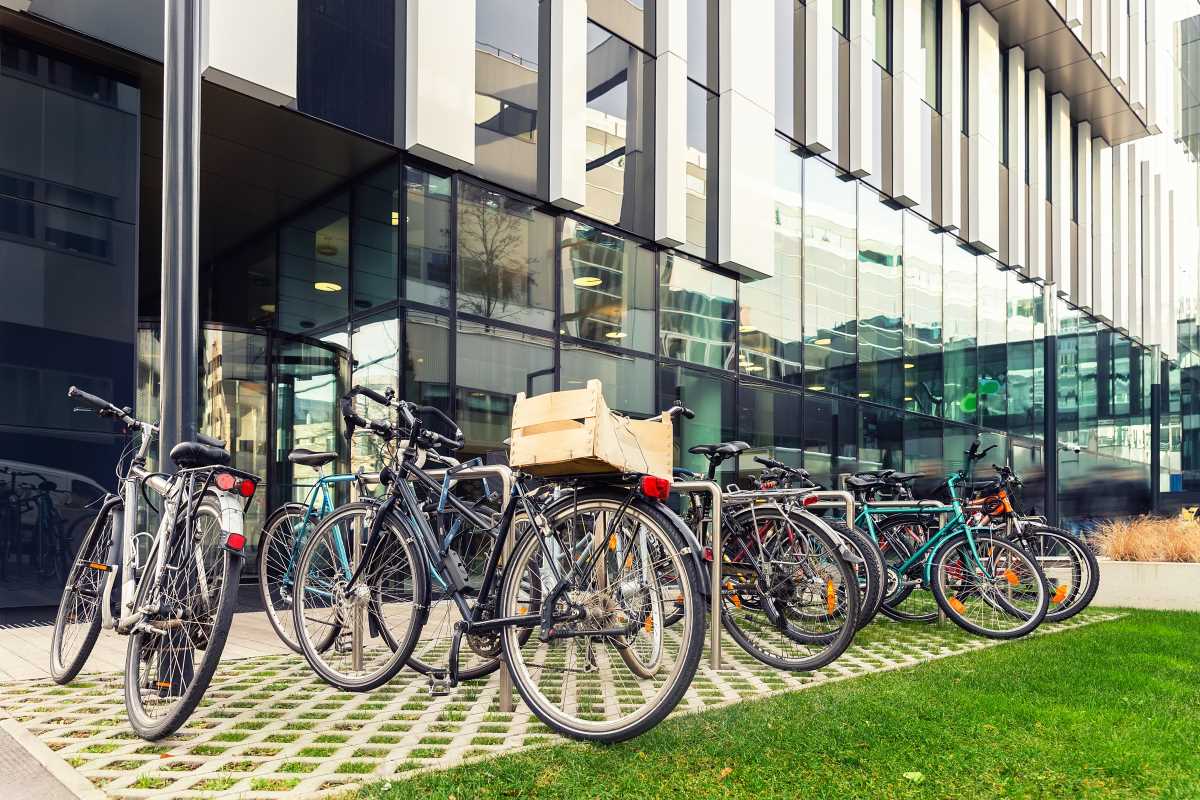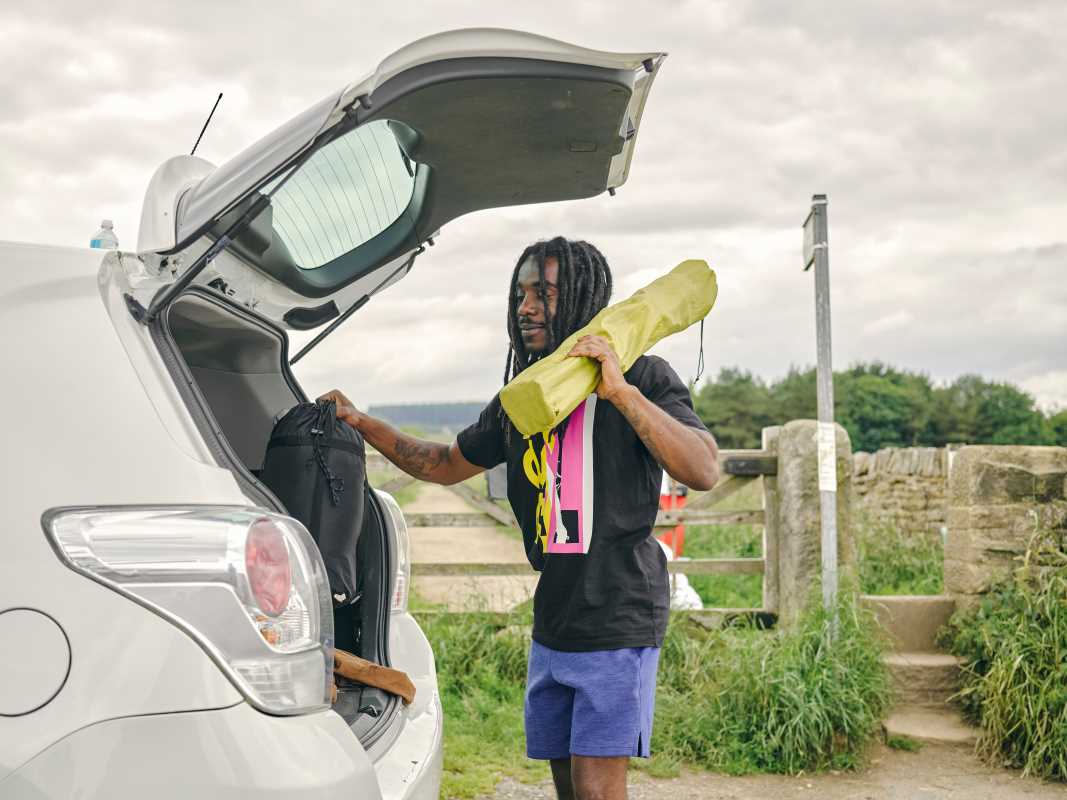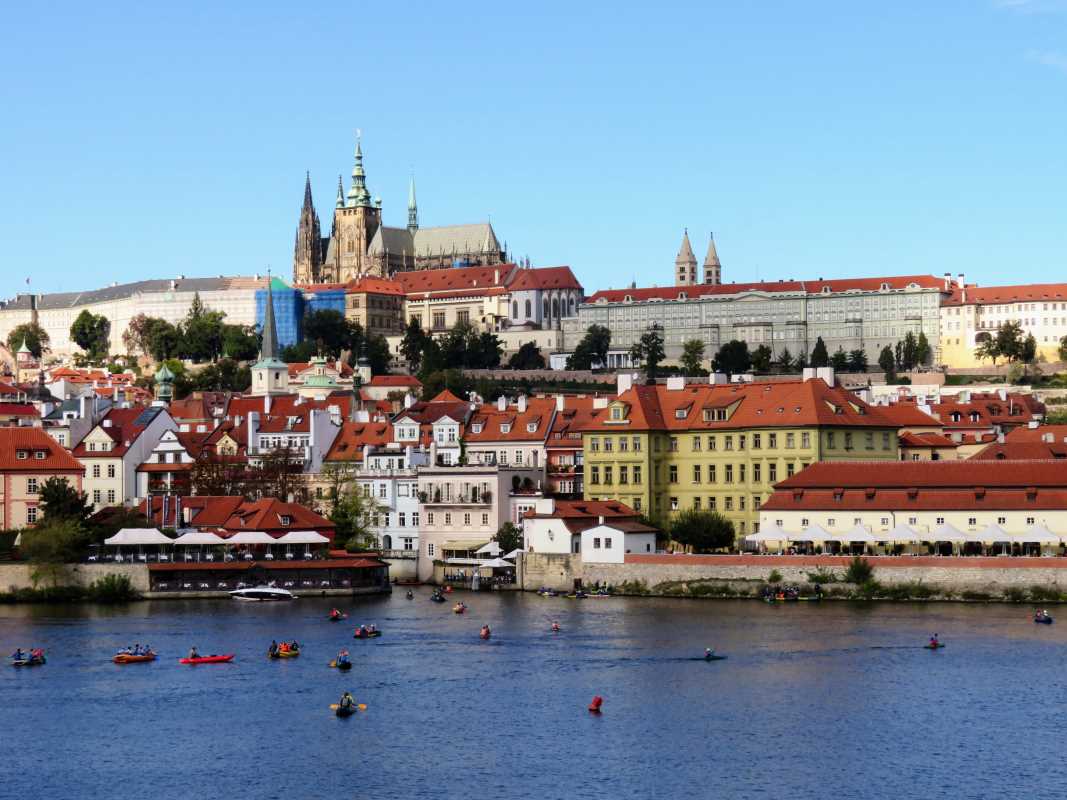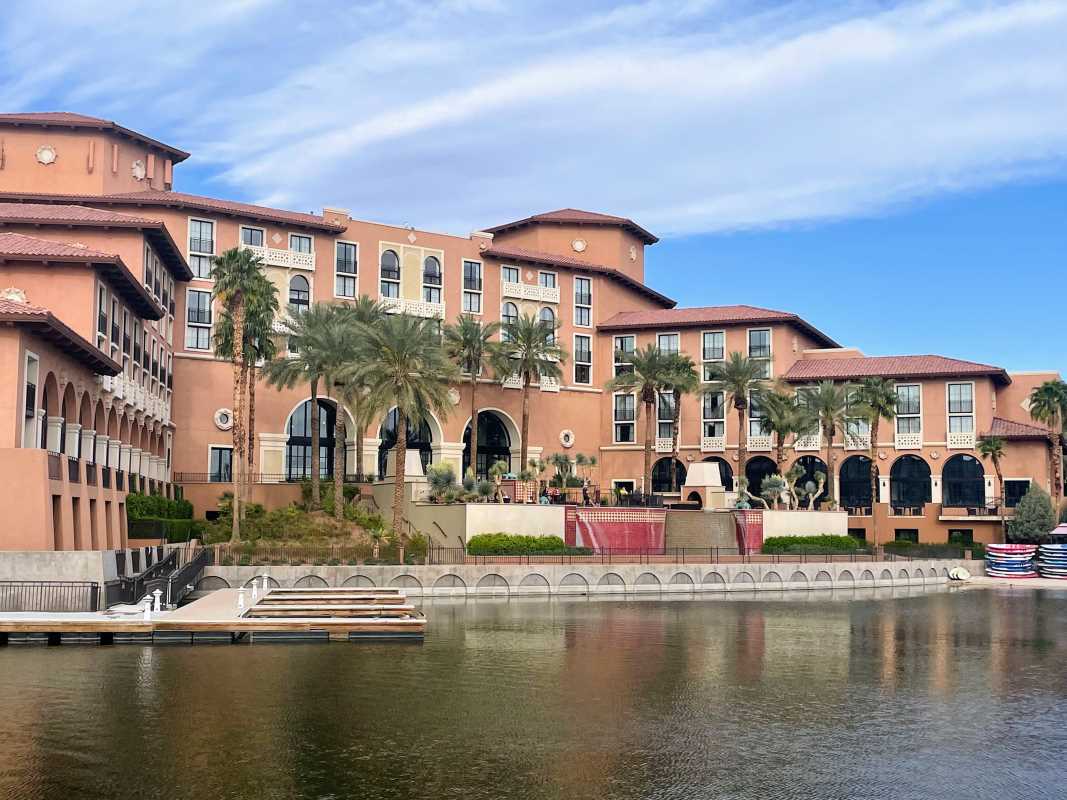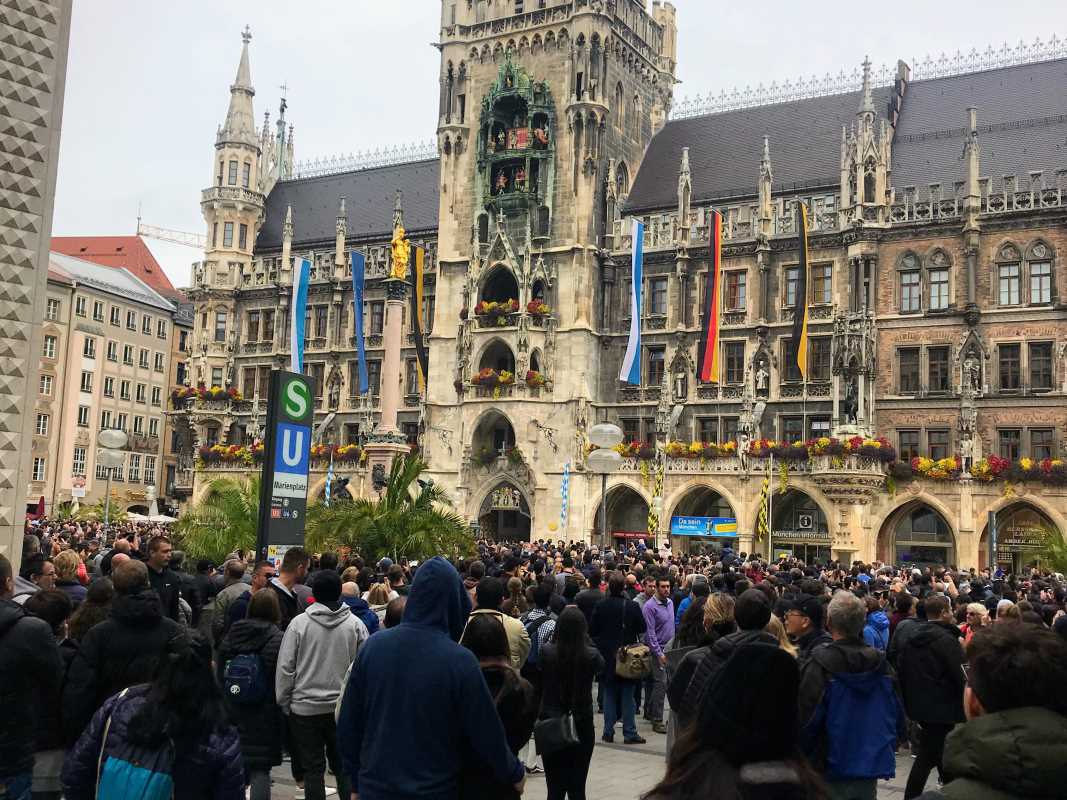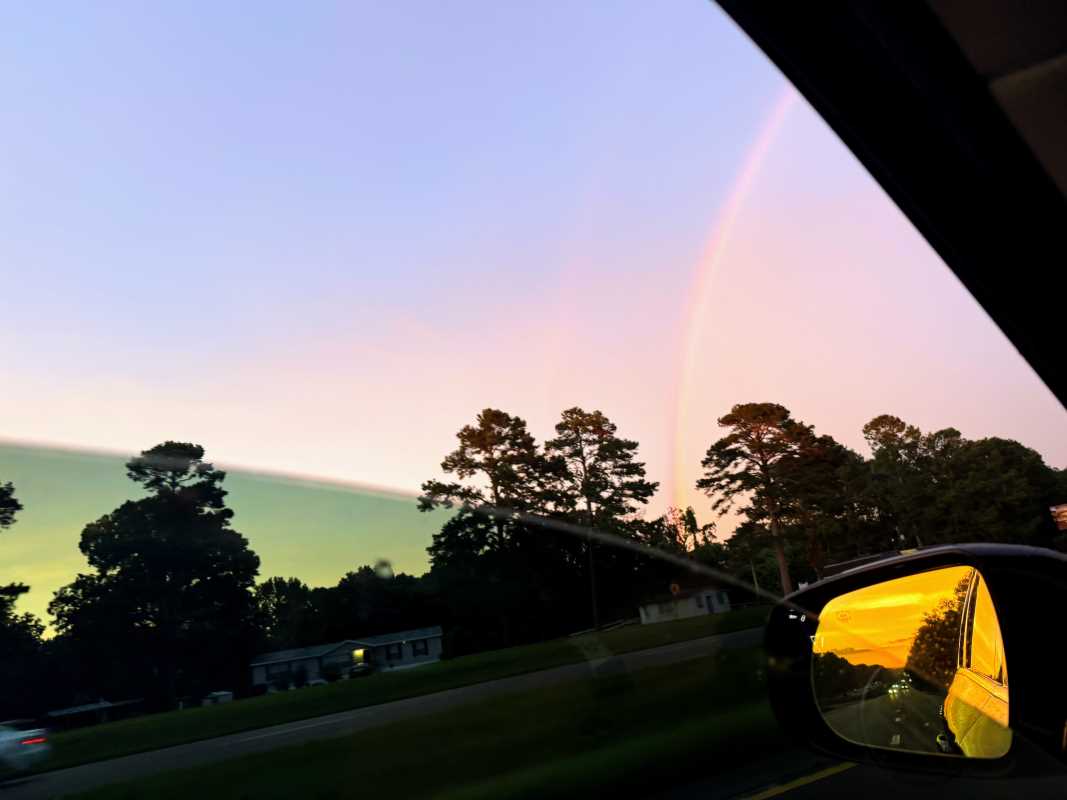For travelers who prefer two wheels to four, planning a vacation around cycling opportunities opens up a world of authentic experiences unattainable from behind car windows or on guided tour buses. Bicycle-friendly cities offer visitors the perfect blend of exercise, exploration, and environmental consciousness, allowing for intimate encounters with local culture at a pace that balances efficiency with immersion. As urban centers worldwide increasingly embrace cycling infrastructure in response to environmental concerns and quality-of-life demands, travelers now have unprecedented options for pedal-powered adventures. Whether you're an avid cyclist looking to maintain your routine while traveling or simply someone who appreciates the unique perspective biking provides, choosing a bicycle-friendly destination can transform an ordinary vacation into an extraordinary journey of discovery.
The rise of cycling tourism represents a significant shift in how we conceptualize travel experiences. Beyond the obvious health and environmental benefits, bicycle exploration creates opportunities for serendipitous encounters impossible when shuttling between tourist attractions via taxi or public transit. A wrong turn might lead to a charming neighborhood café, an impromptu conversation with locals, or a hidden architectural gem absent from guidebooks. This element of delightful unpredictability, combined with the dopamine boost of physical activity, creates vacation memories that linger long after return flights home. Cities that have invested in cycling infrastructure aren't merely accommodating bikes, they're facilitating a fundamentally different relationship between visitors and urban environments.
What makes a city truly bicycle-friendly extends far beyond the mere presence of bike lanes. The most inviting cycling destinations combine comprehensive infrastructure with a culture of respect for cyclists, integrated public transportation options that accommodate bicycles, and topography that doesn't require Olympic-level fitness. Dedicated cycling paths separated from traffic, clearly marked bike lanes, convenient and secure bicycle parking, and affordable rental options with user-friendly pickup/drop-off systems collectively create an ecosystem where visitors can confidently navigate unfamiliar terrain. When these physical elements combine with driver awareness and legal protections for cyclists, the result is an environment where travelers of varying skill levels can comfortably explore on two wheels.
Beyond infrastructure considerations, the most rewarding bicycle vacation destinations offer compelling reasons to explore by bike. Cultural heritage routes, waterfront paths, architectural landmarks connected by bikeable corridors, and green spaces accessible primarily to cyclists and pedestrians provide experiences fundamentally different from standard tourism. The ideal cycling city balances urban excitement with natural beauty, historical significance with contemporary vitality, creating diverse experiences accessible at cycling speed. Many premier cycling destinations also host car-free days, cycling festivals, or guided themed tours that provide structure for travelers seeking curated experiences while still enjoying the freedom two wheels provide.
While experienced cyclists might prioritize challenging terrain or extensive dedicated trail networks, the cities that truly excel at welcoming bicycle tourists cater to riders of all confidence levels. Families with young children, occasional riders, and seniors can all find appropriate routes in thoughtfully designed cycling cities. This inclusivity extends to bicycle rental systems that offer diverse options: traditional uprights, e-bikes for hilly terrain, cargo bikes for picnics or shopping excursions, and child carriers for family adventures. The most successful cycling destinations recognize that visitors have varying needs and preferences, creating systems flexible enough to accommodate different riding styles while maintaining the essential joy of exploration on two wheels.
Copenhagen
Denmark's capital sets the global standard for urban cycling infrastructure, boasting more bicycles than residents and a comprehensive network spanning over 385 kilometers of dedicated cycling paths. What distinguishes Copenhagen's approach is the thoroughness of its implementation, features like elevated cycle tracks, bicycle traffic lights, and dedicated snow clearing for bike lanes demonstrate a commitment to year-round cycling that few cities match. This infrastructure extends beyond the historic center to connect residential neighborhoods, ensuring visitors can experience authentic Copenhagen life beyond tourist districts while maintaining the safety and convenience of world-class cycling routes.
The city's cycling culture manifests in the everyday elegance of its riders, locals in business attire pedaling to meetings, parents transporting children in cargo bikes, and seniors maintaining independence through cycling mobility. This normalization of cycling as ordinary transportation rather than specialized recreation creates an atmosphere where visitors naturally adapt to two-wheeled exploration. Bicycle rental options range from the city's electric bicycle sharing system to specialized rental shops offering longer-term options including the iconic Danish cargo bikes. For visitors, this means experiencing Copenhagen not as tourists but as temporary locals, participating in the city's defining mode of transportation.
Copenhagen's relatively flat topography and compact scale make it particularly inviting for cycling novices and families. Key attractions like Tivoli Gardens, Nyhavn's colorful harbor, and the Little Mermaid statue are easily connected via scenic cycling routes that often provide better perspectives than approaching by car or bus. The Green Cycle Routes network offers particularly scenic paths through parks and along waterways, providing refreshing natural breaks from urban exploration. For culinary adventures, the city's food markets and diverse restaurant scene are easily accessible by bicycle, with abundant bike parking that's often more convenient than car options.
The integration between cycling and public transportation demonstrates Copenhagen's holistic approach to mobility. Bicycles are welcomed on suburban trains and metro outside rush hours, extending the range of possible exploration beyond the city center to attractions like Louisiana Museum of Modern Art or even day trips to neighboring Sweden via the Øresund Bridge. Purpose-built bicycle parking facilities at transit stations facilitate these multimodal journeys, allowing visitors to seamlessly combine cycling with longer-distance travel when appropriate.
The city government's clear prioritization of cycling infrastructure continues to evolve, with innovative features like the Cykelslangen (Bicycle Snake), an elevated dedicated bike lane that resolves conflicts between pedestrians and cyclists, demonstrating ongoing commitment to improving the cycling experience. This forward-thinking approach extends to digital resources, with comprehensive cycling maps available through official tourism channels and real-time navigation apps specifically optimized for bicycle routing in Copenhagen. For visitors, this means accessible information that minimizes the typical frustrations of navigating unfamiliar territories.
Amsterdam
- Amsterdam's iconic canal ring structure creates natural cycling corridors with reduced car traffic, offering picturesque routes that showcase the city's distinctive architecture and waterways
- The city's bicycle rental system is exceptionally developed, with options ranging from basic city bikes to specialized touring models, child seats, tandem bikes, and increasingly popular e-bikes for longer excursions
- Strategic car-free zones throughout the historic center prioritize cyclists and pedestrians, creating safe spaces for visitors to gain confidence before venturing into more complex traffic patterns
- Dedicated cycling tours offer thematic exploration ranging from architectural highlights to culinary adventures, providing structure for visitors who prefer guided experiences
- The flat landscape and comprehensive network of clearly marked bicycle lanes make navigation intuitive even for visitors with limited cycling experience or confidence
